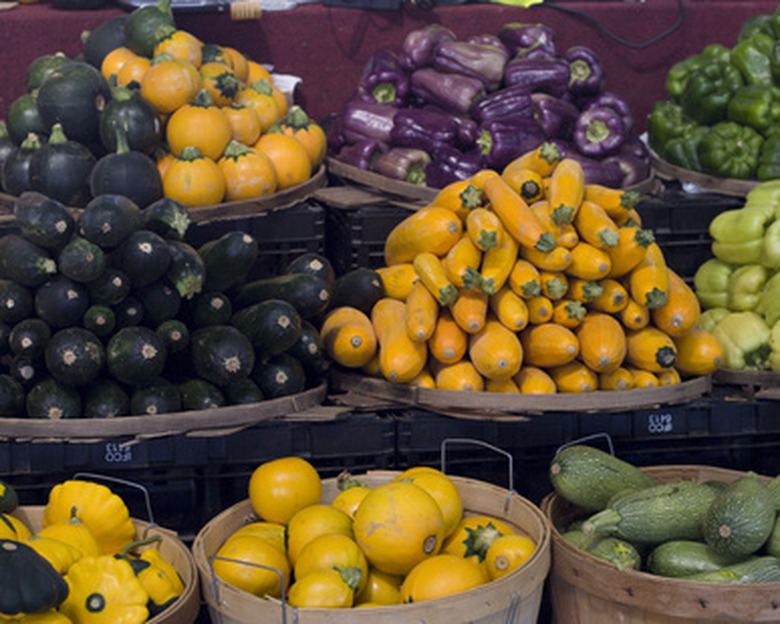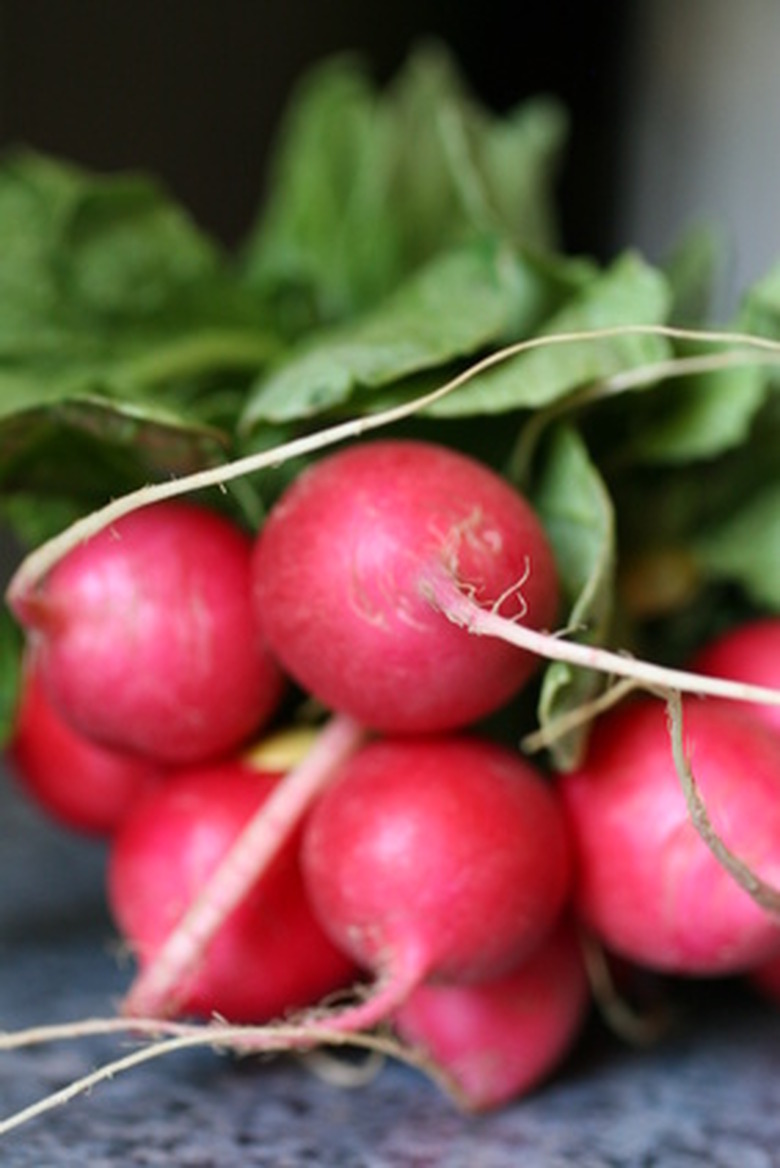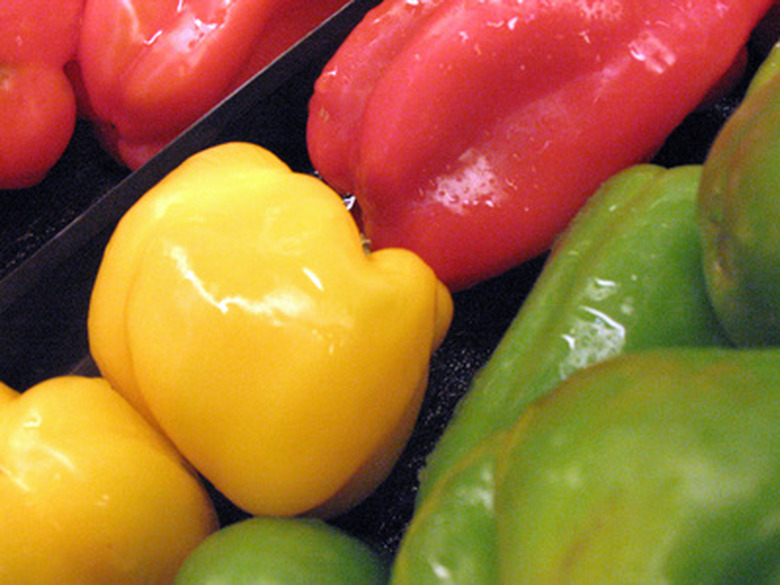Vegetable Planting Dates For Nebraska
Spring planting dates for vegetables depend on the climate. Many envelopes or packets of vegetable seeds are printed with the appropriate U.S. Department of Agriculture growing zone for that vegetable. Gardeners living in the bottom third of Nebraska are in the warmer USDA growing zone, zone 5; those in living in the upper two-thirds are in USDA zone 4, which is colder. Nebraskans living in zone 5 can safely plant at the earliest recommended date; those who live in zone 4 may have to wait if frost lingers.
March
The University of Nebraska at Lincoln Horticulture Extension Service recommends March 15 as the planting date for asparagus crowns, collards, onion sets, peas, radishes, spinach and turnips. Radishes will taste sweeter if they are grown in cool weather, according to UNL. Hold off until March 30 to plant leeks, mustard, potatoes and Swiss chard.
- Spring planting dates for vegetables depend on the climate.
- The University of Nebraska at Lincoln Horticulture Extension Service recommends March 15 as the planting date for asparagus crowns, collards, onion sets, peas, radishes, spinach and turnips.
April
April 5 is a rough starting date for broccoli, cabbage, cauliflower, carrots, lettuce and kohlrabi in Nebraska. Carrots taste bitter if they are grown in cool weather. April 15 is recommended for planting beet seeds.
May
By May 1 the ground should have warmed enough to plant cantaloupe, cucumber, pumpkin and summer squash. Wait until May 15 to plant eggplant, muskmelons, okra, peppers, sweet corn, sweet potatoes, tomatoes and watermelon.
Plant eggplant, peppers and tomatoes between the rows of lettuce, peas, radishes and spinach that you planted earlier. This is called interplanting, and it helps control insects and diseases. If you mix up the vegetables it prevents major damage by an insect that prefers one particular plant. Plant lettuce and spinach in the shade of taller crops. Plant heavy feeders, like broccoli, cabbage, cauliflower and Brussels sprouts among plants that require fewer nutrients.
- April 5 is a rough starting date for broccoli, cabbage, cauliflower, carrots, lettuce and kohlrabi in Nebraska.



